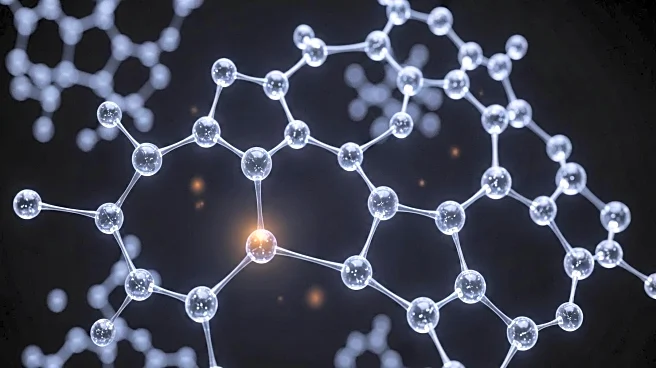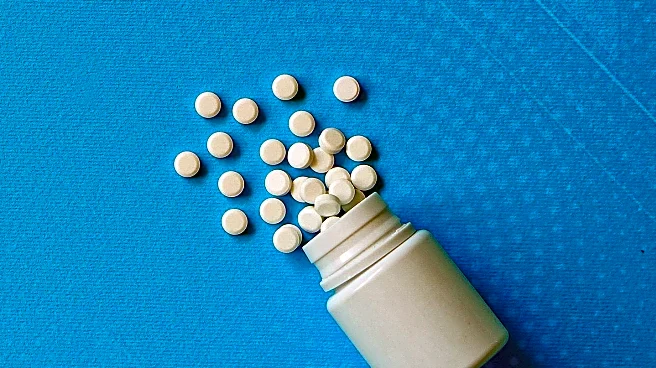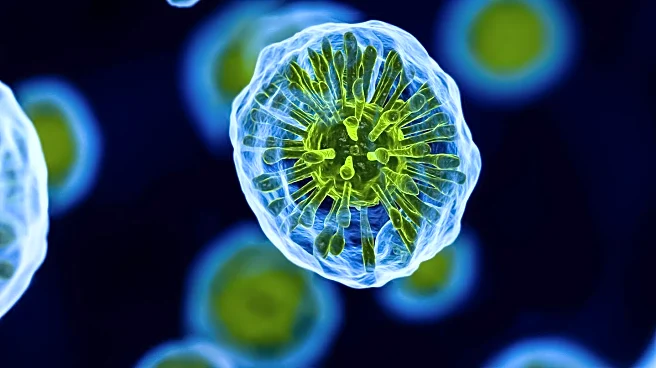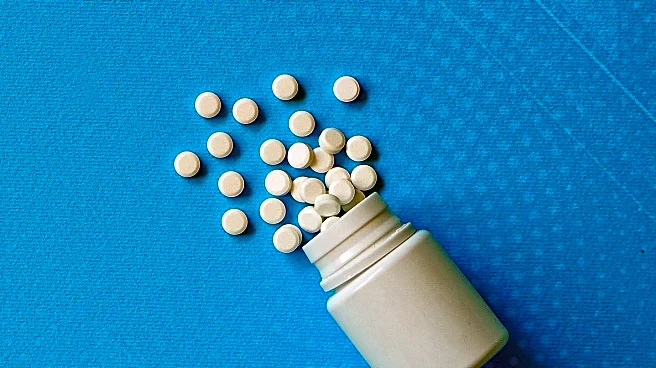What is the story about?
What's Happening?
A study published in Nature Microbiology by researchers from University College London and Imperial College London reveals how polymyxin antibiotics disrupt the outer membrane of Gram-negative bacteria. The research shows that polymyxins cause the bacteria to produce and shed their protective armor, allowing the antibiotic to penetrate and kill the cells. This process, however, only occurs when the bacteria are active, leaving dormant cells unaffected. The findings could lead to new strategies for treating drug-resistant infections.
Why It's Important?
Understanding the mechanism of action of polymyxins is crucial in addressing the challenge of antibiotic resistance. By revealing how these antibiotics work, the study provides insights that could lead to more effective treatments for infections caused by Gram-negative bacteria, which are often resistant to multiple drugs. This research could significantly impact public health by reducing the prevalence of drug-resistant infections and improving treatment outcomes.
What's Next?
The research team plans to explore strategies to enhance the effectiveness of polymyxins. One approach could involve combining polymyxin treatment with methods that stimulate armor production or awaken dormant bacteria, making them susceptible to antibiotics. This could pave the way for new treatment protocols that address both active and dormant bacterial cells, potentially reducing the recurrence of infections and improving patient outcomes.
AI Generated Content
Do you find this article useful?













